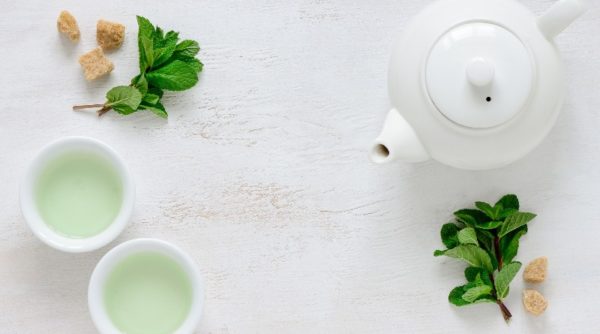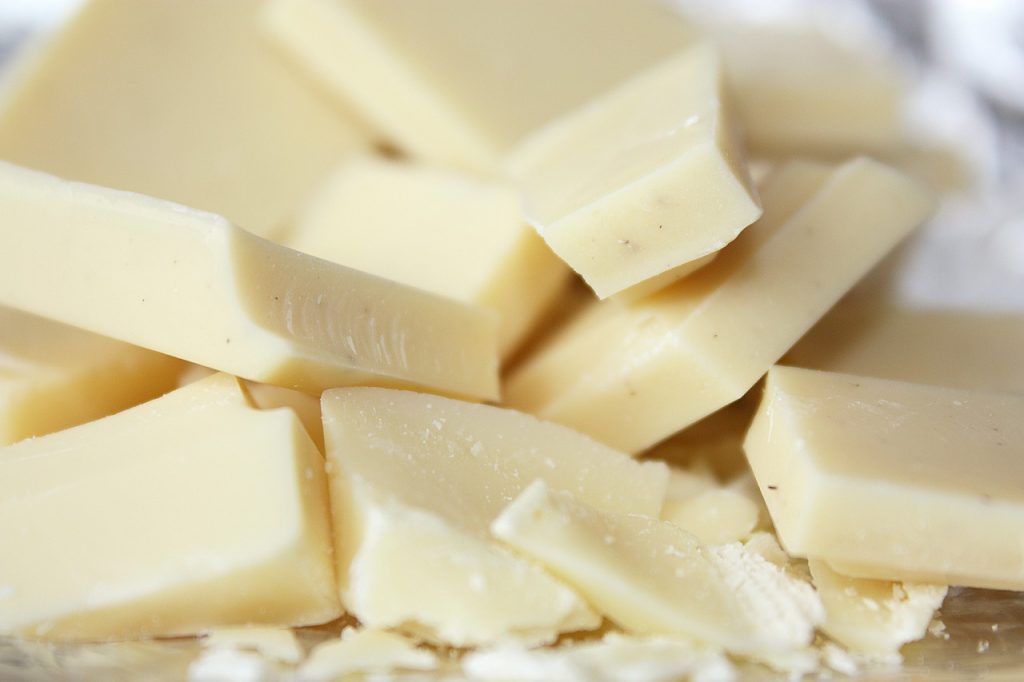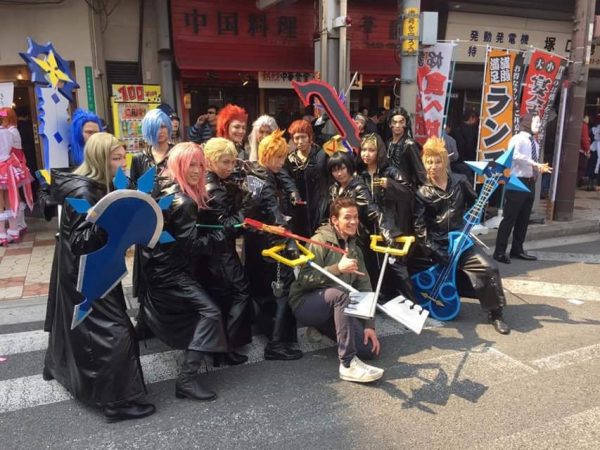Tea. Something many people think of and go ‘oh, England!’ Those British and their teapots. But never underestimate how much tea Japan drinks on a daily basis. Never.
And don’t assume all Japanese tea is equal. Sure, to you it’s ‘green tea’ – not always the same shade of green, but it’s green, that’s what counts. You’re getting the flavour, but missing out on the nuance.

If we listed every single type of tea from Japan, we’d be here all day. Sit back with a nice warm mug of… whatever you like to drink… and we’ll run you through the basics.
Ryokucha (緑茶)
The most literal ‘green tea’, written with the kanji for green. Also called ‘Japanese tea’. Well, black tea is mostly from China, to be fair… If you rock up at a cafe or food stand in Japan and say ‘A tea, please’, 9 times out of 10 this is what you’re getting.
Ryokucha is the catch-all word for green tea as a whole – the rest are specific types/blends. How the tea leaves are grown, when they’re picked, and what happens after they’re picked all have an effect.
Matcha (抹茶)
The one everyone assumes is ‘green tea’, ’cause that colour’s undeniable.

Tea leaves for matcha are ground down into fine powder. It’s a long and careful process. If the grinder gets too warm, it burns the tea leaves and makes it undrinkable. Nope, we’re not making that up.
Matcha powder quality varies, from ‘food-grade’ (conveyor belt sushi restaurant) to ‘ceremonial-grade’ (put on a kimono before you touch the teapot). None of it’s bad to drink. Think of it like instant coffee, in that way.
Sencha (煎茶)
‘Green tea’ made with tea leaves – setting it apart from powdered matcha. The Japanese tea ceremonies for matcha and sencha are also different, as a result. Yeah, ‘the path of tea’ has a fork stuck in it.
If ryokucha is the catch-all name for ‘green tea’, then sencha sets the standard for how it should taste. Timing, as we’ve said, is important to how the tea ends up tasting. That’s how we get varieties like ‘hachijuuhachiya’ sencha, picked exactly 88 nights from the start of spring.
Gyokuro (玉露茶)
The seriously expensive stuff. Even the name means ‘jade dew’, based on the brewed tea colour… but that makes it sound more like jewel water.
It’s an elite type of sencha. Most sencha tea leaves are grown directly under the sun’s warming, nurturing light. Gyokuro tea leaves develop in the shade for 20 days – they’re just that precious.

You’re meant to infuse twice as much gyokuro as sencha in the same amount of (not as hot) water. So not only does it cost more and need special treatment, you’ll use it up quicker.
Houjicha (ほうじ茶)
Roasted green tea. The ‘houji’ bit comes from ‘houjiru’ (焙じる) – ‘to roast’. Nice and simple. You can easily spot a houjicha blend from the brown leaves – still technically ‘green’ tea, though.
If mugicha (barley tea, not on this list) is the tea everyone drinks all summer (spoiler: it is), then houjicha feels made for winter. The tea leaves are warmed over charcoal, and that smokiness finds a way into the flavour.
A downside, for coffee drinkers who like houjicha’s deeper taste, is less caffeine. It gets roasted out, whoops.
Genmaicha (玄米茶)
Green tea leaves mixed with toasted brown rice. Maybe you know it as ‘popcorn tea’.
Rice adds to the flavour, but it wasn’t ever meant to. It’s filler, bulking out the tea leaves to make them cheaper. We can’t all afford that fancy gyokuro stuff. These days, now we decided we like the taste, some genmaicha’s not so cheap any more.
Bonus fact: the ‘gen’ in ‘genmaicha’ can mean ‘mysterious’. And it appears in the Japanese words for ‘sledgehammer’, ‘burial chamber’, and ‘gibbon’. Languages are weird.
Japan’s tea culture, for you to drink in

Green tea from Japan is the real deal. We’ve got those tea ceremony teapots, matcha whisks, and fancy cups too. Find original Japanese tea-making items on DEJAPAN in the time it takes to boil a kettle.




